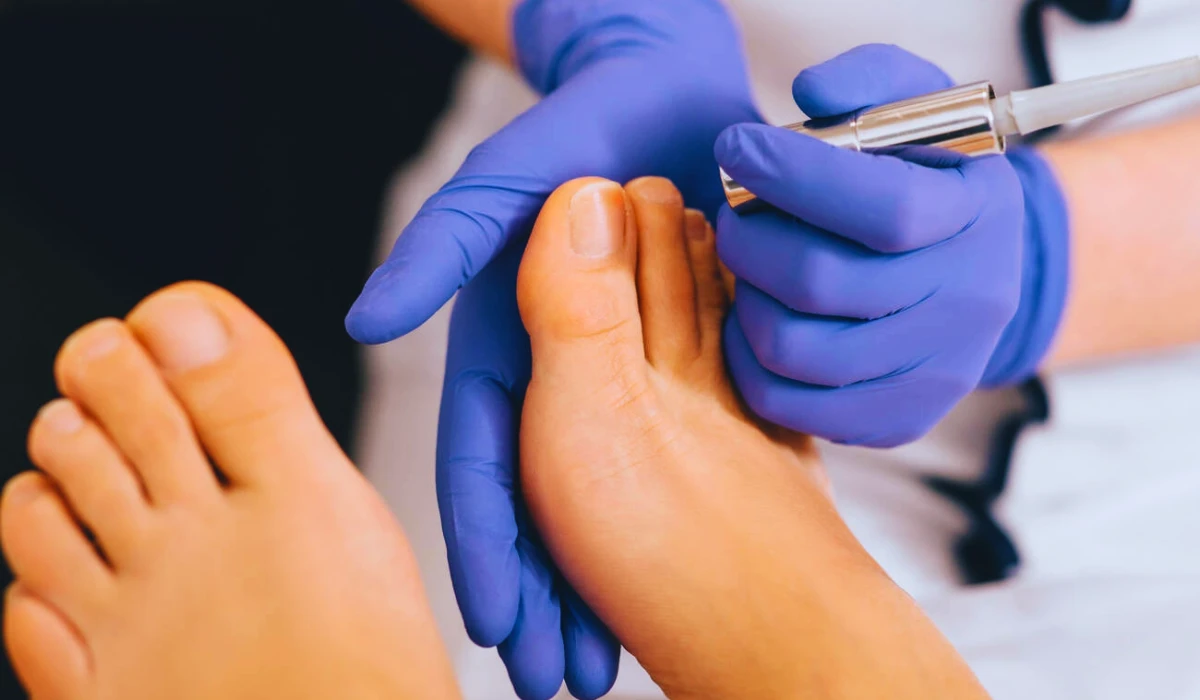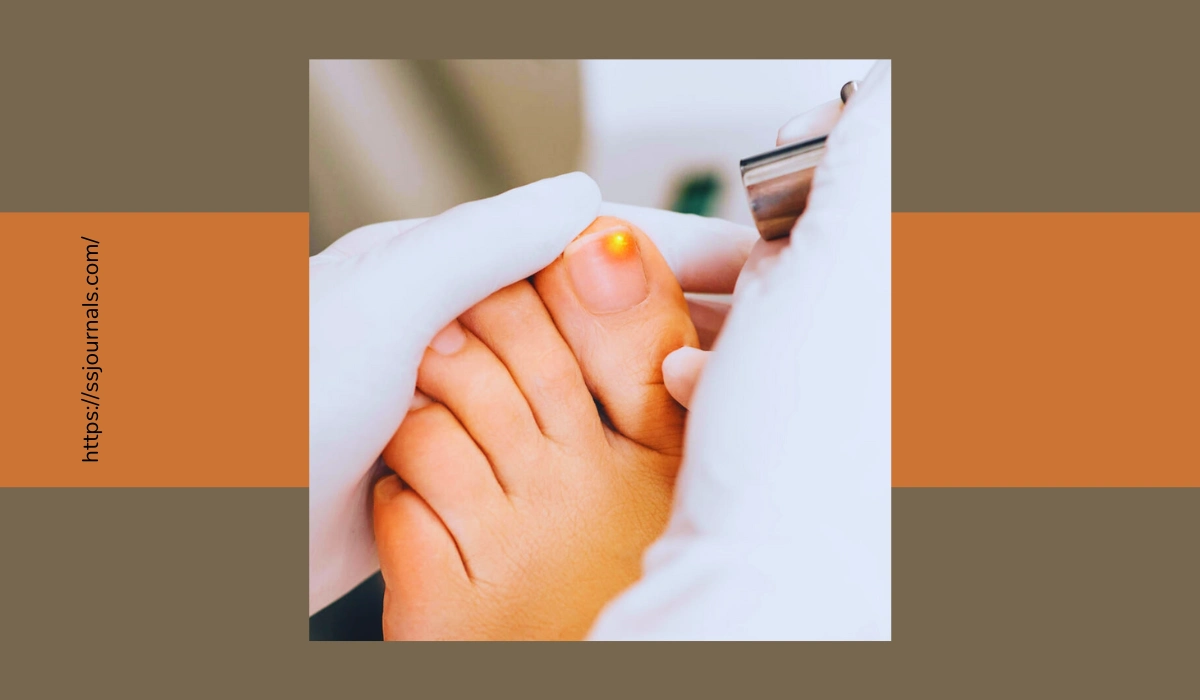Decisions usually have several aspects. For this reason, it is common to create a pros and cons list when making decisions. When the options are not clear and you do not know what will be the best outcome.
For non-emergency treatment, such as whether to perform laser treatment for toenail fungus, this is certainly one way for you to determine whether the method is the best situation. Although there are many benefits to this treatment, there are also some drawbacks and it is certainly to properly evaluate the procedure
Laser Treatment For Toenail Fungus
First, let us briefly summarize the effects of laser treatment for toenail fungus. Fungi infections damage the hard keratin, causing nails to become discolored, misshapen, and frayed. Lasers use highly focused light to destroy pathogens under toenails.

This is the latest advancement in the treatment of this stubborn infection. However, there are other treatments available, so this list of pros and cons will help you decide if this treatment is best for your feet
Pros:
- All toes can be treated in one relatively short visit. It is effective, one treatment can eliminate most infections.
- It is also more effective than any topical medication in addressing the cause of the problem.
- It is effective: some studies show that up to 85% of people experience significant improvement with laser treatment.
- There are no side effects.
- Lasers cause little pain and do not pose health risks to the liver, as some drugs do
Cons:
- Most people can get good results, but not everyone does.
- The infection can still come back.
- There is nothing to cure the fungus. So reinfection is possible.
- We still have to wait for healing. as with any other method
- Nails only look beautiful when they grow out
- This is still an experimental treatment. Little research has been done on the effectiveness of laser nail fungus treatment, and no research has been done on the long-term effects of this method, so this treatment remains an experimental treatment and successful results are questionable
- It is believed that there are some claims that this treatment is ineffective. In a recent study using the Noveon laser, only one-third of patients achieve results. This means that treatment can be successful or unsuccessful depending on each case.
- Possibility of tissue damage in some cases. As with any treatment, there are small risks. Although rare, some doctors claim that the laser beam can damage the skin and tissue if it is directed into the deepest level of the nail
- Expensive: Lasers for toenail fungus removal are very expensive for medical institutions to purchase, so the fees for patients are also quite high. Laser treatment to remove toenail fungus can cost between $600 and $1,500, and the procedure is usually not covered by health insurance
Always consult your podiatrist or dermatologist about your condition before deciding whether to try laser nail fungus removal. Toenails fungus comes in many forms and can mimic other foot diseases and symptoms. Therefore, it is important to see a solid diagnosis and professional advice before spending money on expensive treatment options.
Onychomycosis: what is toenails fungus?
Toenails fungus, actually called onychomycosis, is a type of fungus that grows in damp, dark places. They feed on keratin, the material that makes up toenails and fingernails (as well as hair and eyelashes). It is also very easy to infect and spread. This causes the nail to thicken, turn yellow, become misshapen, and eventually begin to crumble. It can spread to other toenails and other people
Symptoms of Fungal infection of the toenails
Fungal infections of the toenails include yellowing of the nails, white spots or stripes, tickling, and deformation of the nails, crumbling or brittle nails, and separation of the nails from the nail bed with easily recognizable symptoms
How does laser treatment work? Is it effective for toenail fungus?
A powerful laser is directed at the toenails and penetrates the nails to reach the underlying fungal infection. It helps destroy the fungus that causes infection and restores the nail to its normal color and thickness.
Please note that at least two treatments may be required and results will not be seen for at least 2 months after treatment. For most patients, it takes at least a year for the nail to grow fully and the scar to disappear.
Benefits of laser treatment for toenail fungus
Early studies show high-efficiency rates. Laser toenail removal was introduced to the medical community in the mid-2000s and was approved by the FDA in 2010, although this is a relatively new removal method, every research has shown that: the clinical response rate was 87%
It is quick, painless, and requires no medication or Anesthesia. Unlike toenail removal, laser nail fungus remover is a relatively quick procedure that does not require drugs or anesthesia, It only needs one or a few treatments. One of the problems with traditional remover methods is that they take a long time to complete successfully. Topical creams usually need to be used for several months or even years. Laser treatment, on the other hand, is usually a one-time treatment
Cosmetically speaking, laser treatment looks better for people who suffer from toenail fungus. The thought of having their nails eradicated can be frightening because the laser methods keep the nails intact, your nails will look better after the treatment and then after other treatments.
It is a last option for recurrent infections when topical creams and antifungal medications are ineffective in curing the infection (this is common since the recurrence rate for onychomycosis is 10% to 50%), Non-damaging laser removal may be your last option.
The best way to find out if you are suitable for this treatment is to consult a board-certified podiatrist. During your consultation, your doctor will test your infection and discuss your treatment goals and expectations.
Conclusion
Laser removal of toenail fungus is an effective treatment for some patients, but it is not the only option to combat onychomycosis. In addition to the expensive laser method, there are other home remedies you can try to get rid of toenail fungus infections. Please be sure to consult your doctor.

